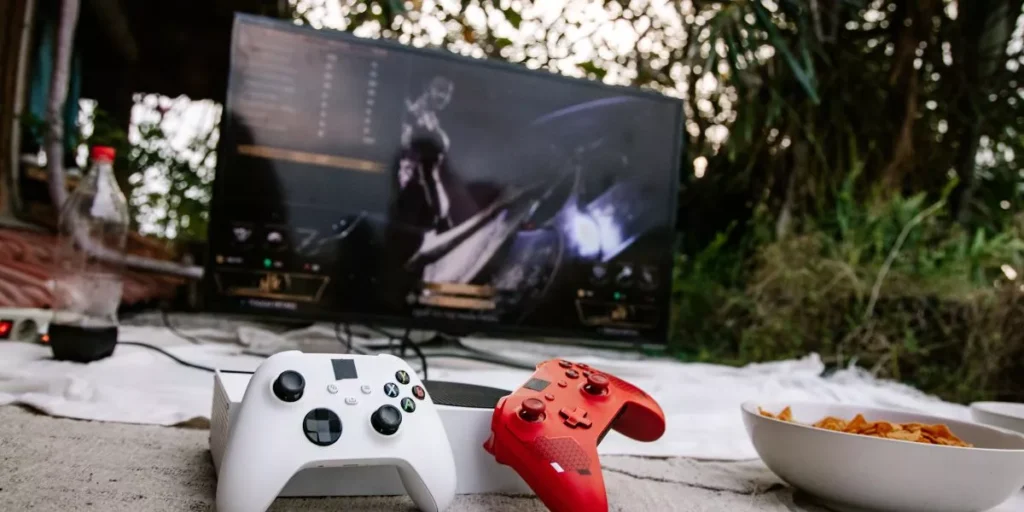
Have you ever wondered why gaming consoles impose storage limits on users? The reasons run deeper than you might think. From the intricacies of technology to the strategic decisions of manufacturers, these limits play a crucial role in shaping your gaming experience. As you explore the factors influencing storage capacities, you will uncover a world where cost, performance, and user convenience intersect, ultimately impacting how you interact with your favorite games. So, what exactly drives this limitation, and how does it affect your gaming console’s capabilities?
Technological Constraints
When considering the storage limits of gaming consoles, technological constraints play a crucial role in determining the available space for games and applications. As a consumer, you may wonder why your console has a set amount of storage and why it can’t simply be expanded limitlessly. The truth is that the hardware within a gaming console, such as the internal storage drives, is designed with specific capacities that aren’t easily interchangeable.
Manufacturers like Sony, Microsoft, and Nintendo have to make tough decisions when designing consoles, balancing factors like cost, performance, and size. These constraints can limit the amount of storage space available to users. Additionally, the type of storage technology used in consoles, whether it be HDDs or SSDs, also impacts the overall storage capacity.
Understanding these technological constraints can give you insights into why your console may have limitations on storage expansion options. While it may be frustrating at times, these constraints are often necessary to ensure the overall performance and cost-effectiveness of gaming consoles.
Business Decisions
Considering business decisions is essential when exploring the factors influencing storage limits on gaming consoles. One key aspect driving these limits is cost-effectiveness. Console manufacturers have to balance providing sufficient storage space for users while also keeping production costs in check. By limiting storage, companies can offer consoles at more competitive prices, making them accessible to a broader market.
Moreover, business decisions also come into play concerning revenue streams. Limited storage encourages users to purchase additional accessories such as external hard drives or cloud storage subscriptions, creating an additional source of income for console companies. These strategic decisions impact the overall profitability of the console.
Furthermore, competition within the gaming industry influences business choices regarding storage limits. Companies assess what their competitors are offering in terms of storage capacity and pricing, leading them to make decisions that align with market trends while also differentiating their products.
User Experience Impact
To enhance your gaming experience, storage limits on consoles directly influence how much content you can access and store. When your console’s storage is limited, you may find yourself constantly needing to delete games or files to make room for new ones. This process can be frustrating and time-consuming, especially if you have to manage your storage frequently. Additionally, limited storage can impact your ability to take advantage of discounts or free games offered digitally, as you may not have the space to download them.
Furthermore, storage limits can affect your overall gaming experience by potentially slowing down your system. When your console’s storage is nearly full, it can lead to longer loading times, decreased performance, and even system crashes. This can be particularly frustrating when you’re in the middle of a game and experience lag or other technical issues due to limited storage space. Ultimately, the user experience on gaming consoles is significantly impacted by the storage limits in place.
Strategies for Managing Storage
Managing storage on your gaming console efficiently can greatly enhance your overall gaming experience. To optimize your console’s storage, consider uninstalling games that you no longer play regularly. This will free up valuable space for new titles or updates. Additionally, organizing your game library can help you easily locate and manage your games. Grouping games into categories such as genre or multiplayer/single-player can make navigation more efficient.
Another strategy is to invest in an external hard drive. This can significantly expand your storage capacity, allowing you to keep more games installed simultaneously. When choosing an external drive, ensure it’s compatible with your console and has sufficient storage space for your needs.
Regularly deleting unnecessary files and game captures can also help free up space. Game captures, especially in 4K resolution, can take up a significant amount of storage. Be selective in what you choose to keep to avoid cluttering your console’s storage. By implementing these strategies, you can effectively manage your gaming console’s storage and ensure a smoother gaming experience.
Trending Products


![Playstation SONY 4, 500GB Slim System [CUH-2215AB01], Black, 3003347 (Renewed)](https://m.media-amazon.com/images/I/31aelHds6gL._SS300_.jpg)










